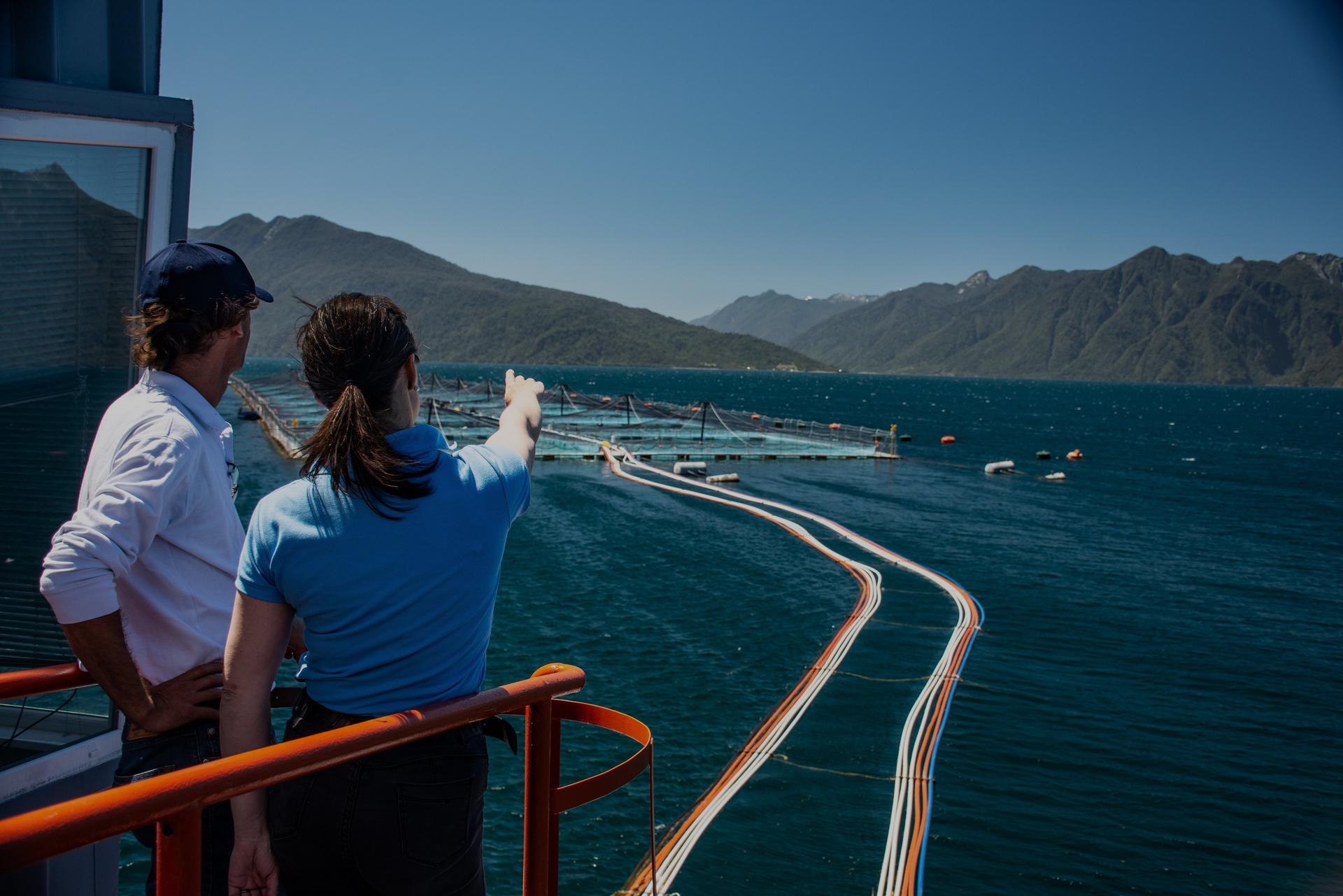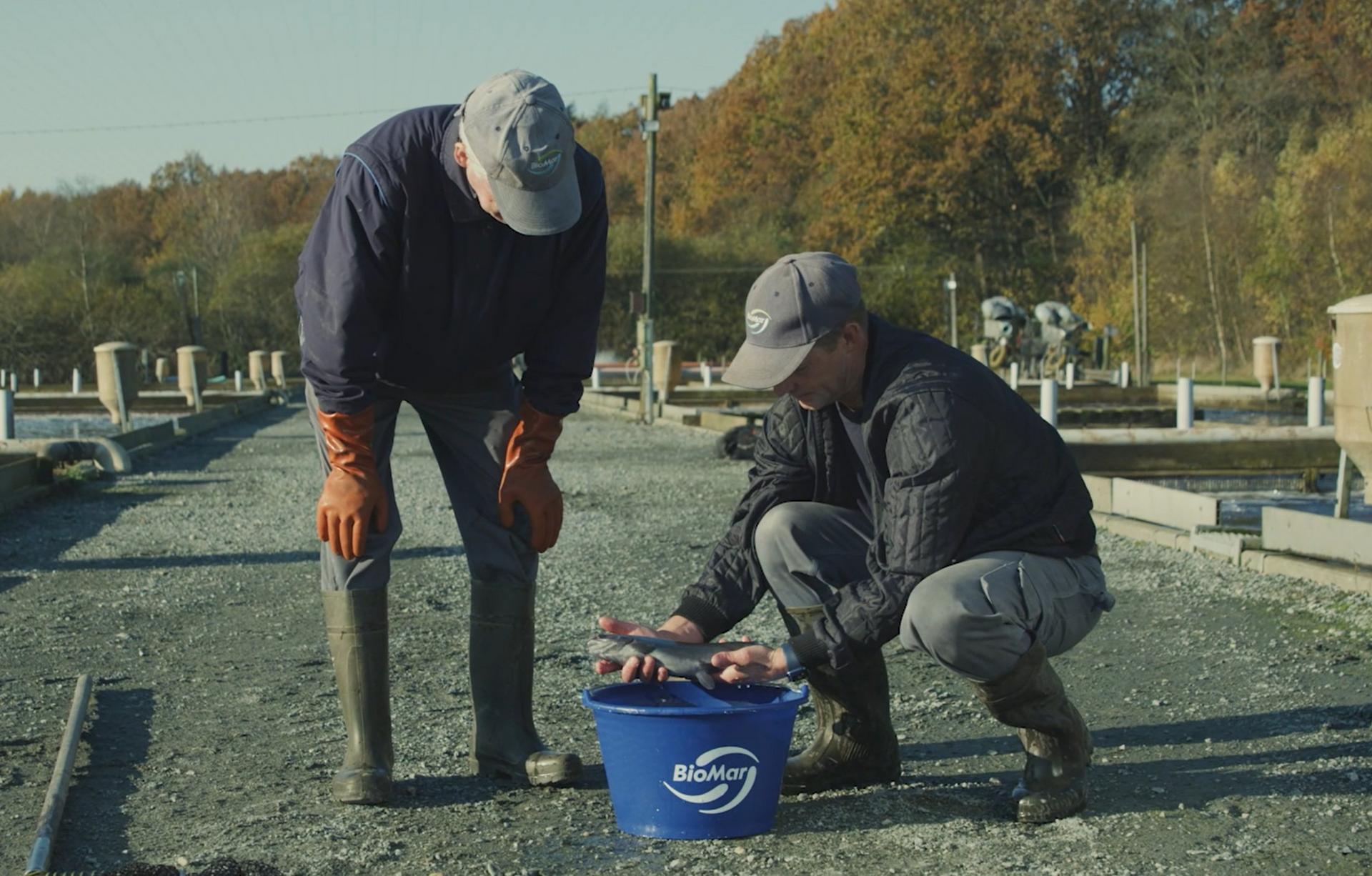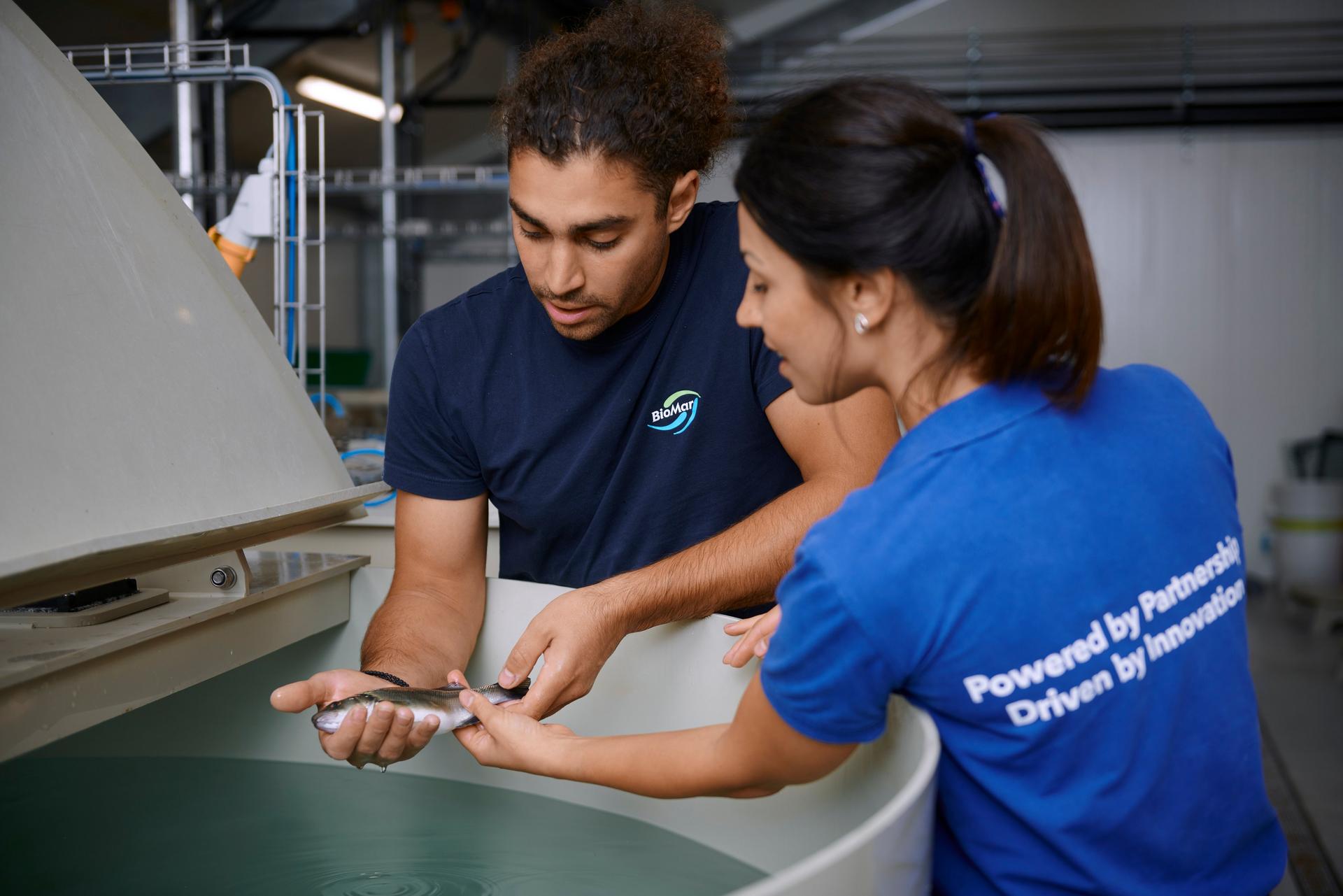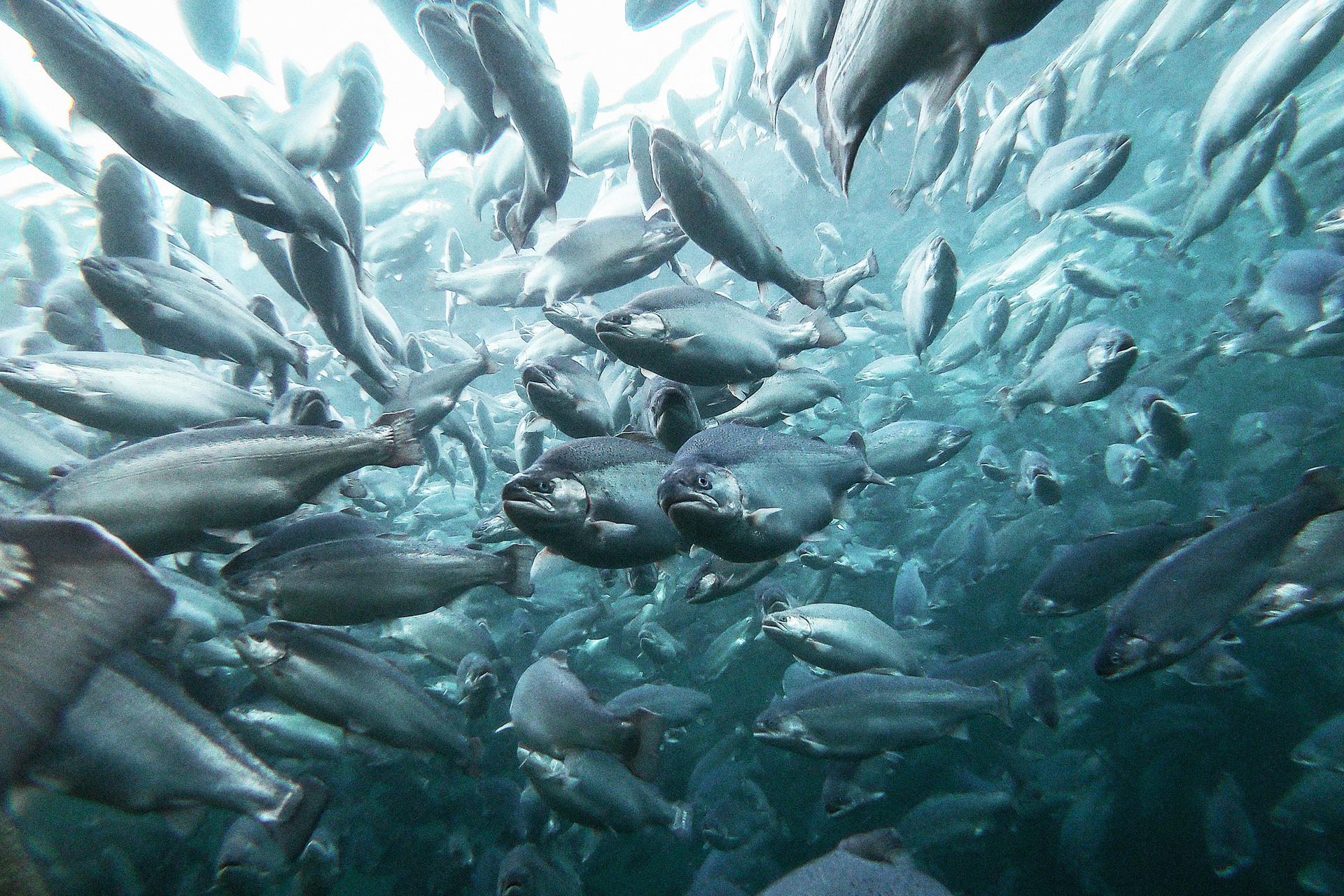- R&D
- Fisk og skaldyr
Bedre foder. Bedre fisk. Bedre mad.
Hos BioMar ved vi, at vejen til exceptionelle fisk og skaldyr begynder længe før de når spisebordet. Den starter med det foder, der giver næring til fisk og rejer. Vores mission har altid været at skabe foder, der ikke kun understøtter vækst og ydeevne, men også bidrager til sundheden og velfærden for de dyr, vi opdrætter. For bedre foder betyder stærkere fisk, og stærkere fisk fører til bedre mad til alle.














?w=1920&%24withDefaultImage%24=&fmt=auto)
